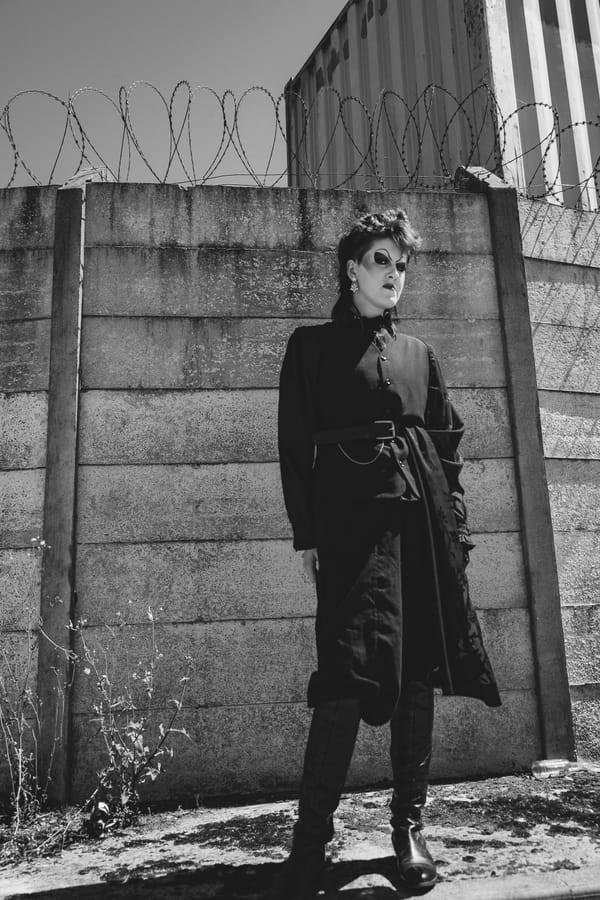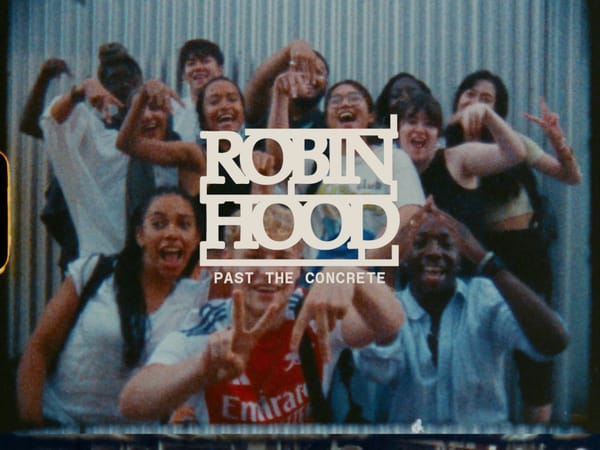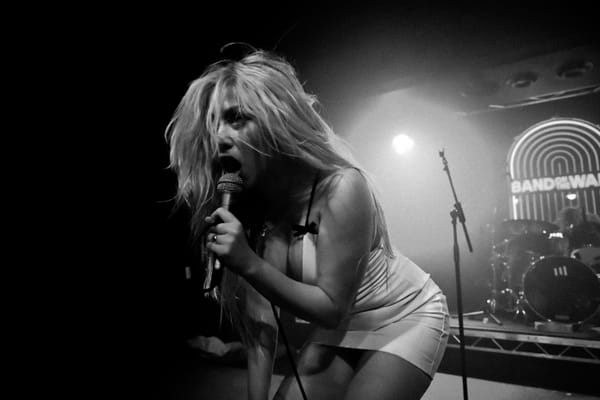Lydia Gray: On Body Horror and Liminalcore
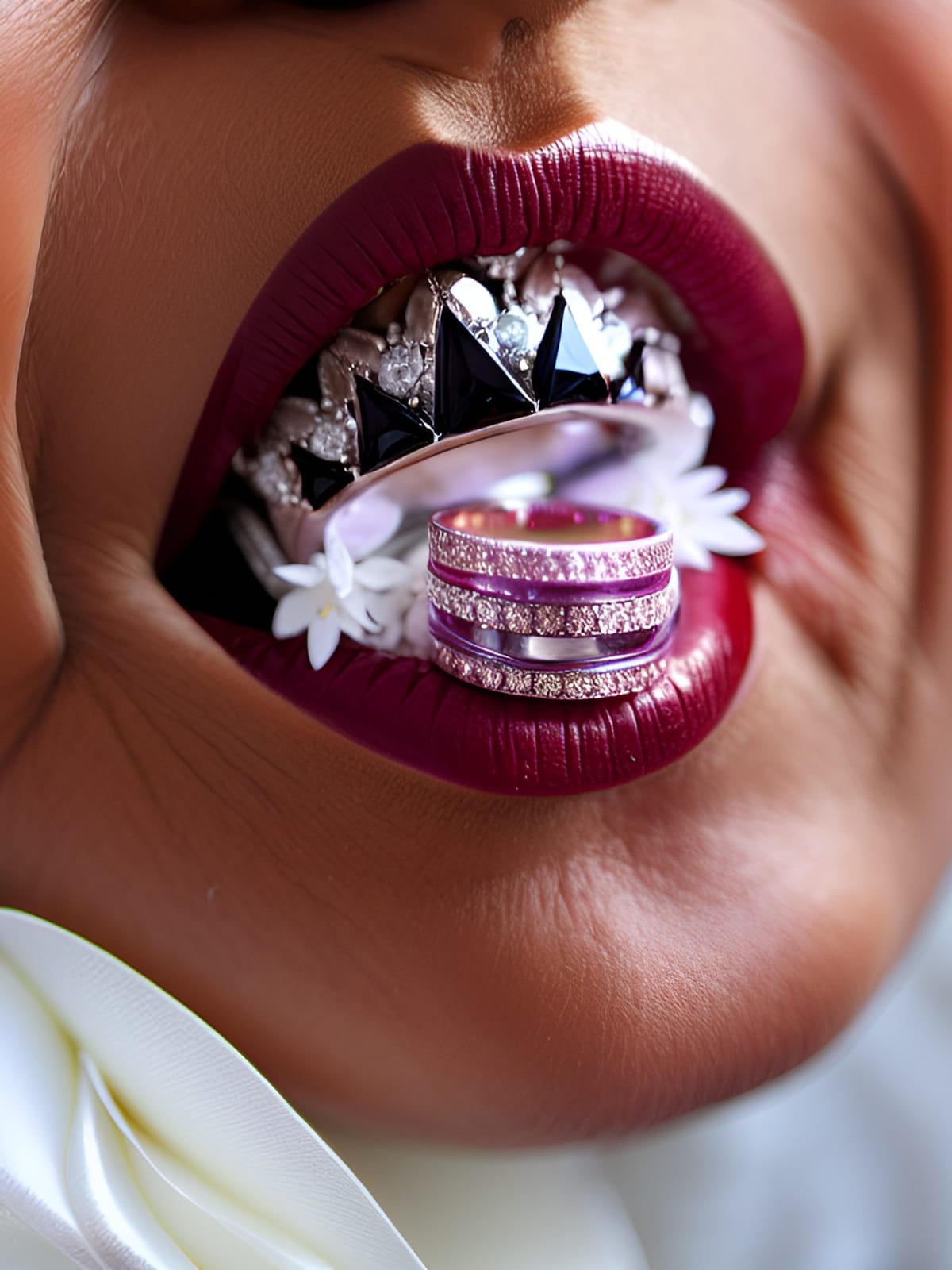
Words and images by Lydia Gray
I’ve always been a very visually motivated person. As a young teen I spent hours poring over the likes of FRUiTS magazine, clicking through hundreds of pages on eBay, and going down rabbit holes on Google Images. Google Images had a very different (and less optimised for shopping) interface back then, allowing for exploring and the discovery of so many different websites. It felt a bit like a treasure hunt. My treasure was previously unseen images of whatever international phenomenon I was currently in to, be it a 1960s pop star or 1990s fashion subculture. Through the use of search tools I would collect the highest resolution I could find and save it to My Pictures on my laptop. In later years I would make use of Tumblr to share said photos, along with carefully captured screenshots from films and adverts. Mentally, digitally, and physically, I was passionate about “collecting” imagery and references.
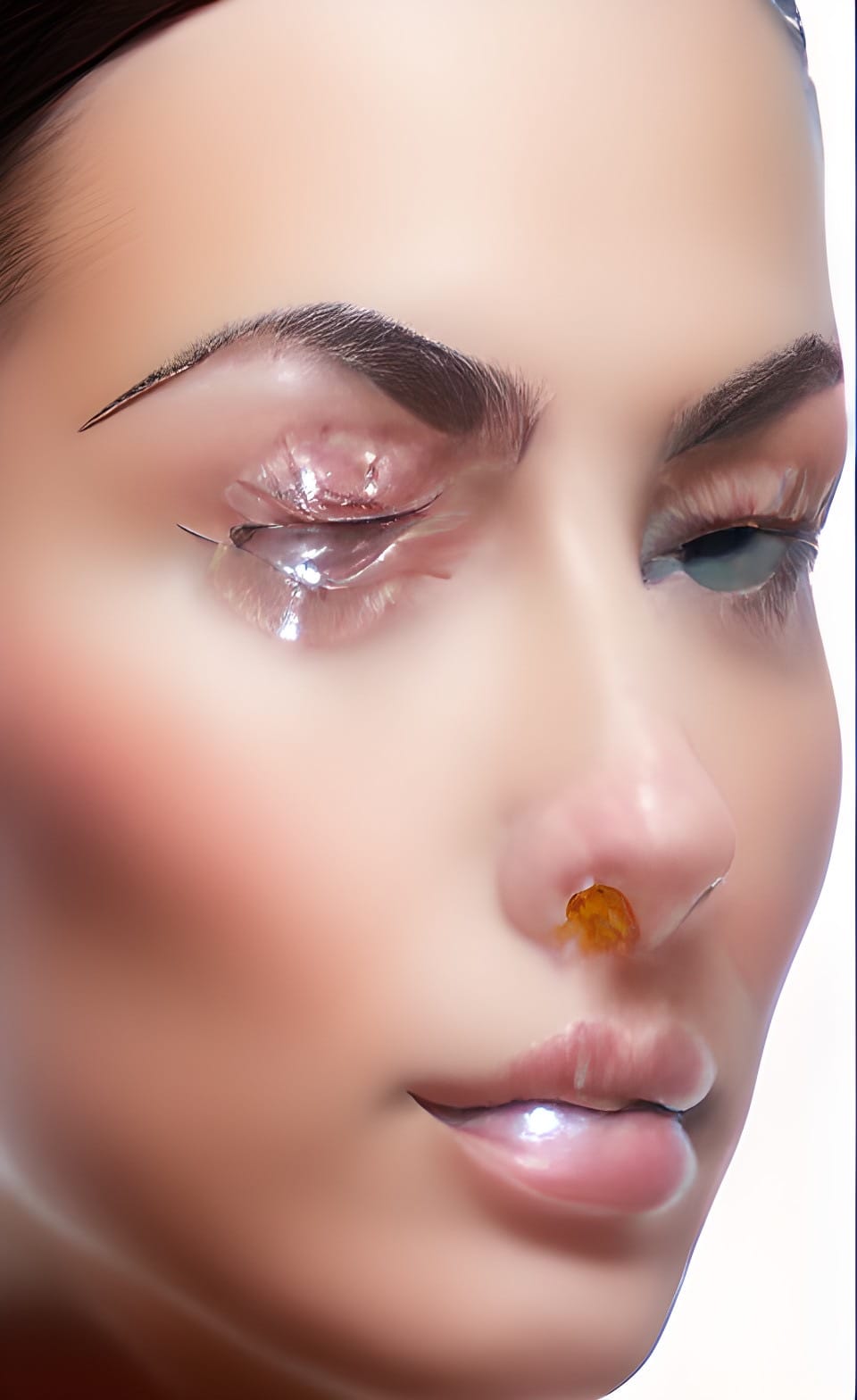
When AI image generators became available I was very curious to try them out, experimenting initially with abstract forms and, as the technology progressed, feeding in my own photography as source imagery. I really enjoyed achieving specific results by carefully selecting a long string of words in my prompts. This process somewhat reminded me of my past experiences navigating Google Images. However, in this world I was seeking imagery that didn’t technically exist yet, like a portal to an untouchable reality. I’ve long been interested in exploring themes of that which is tangible, versus intangible. In the same way that a product photo or a perfume campaign is only a representation of a real item, but also exists as its own thing.
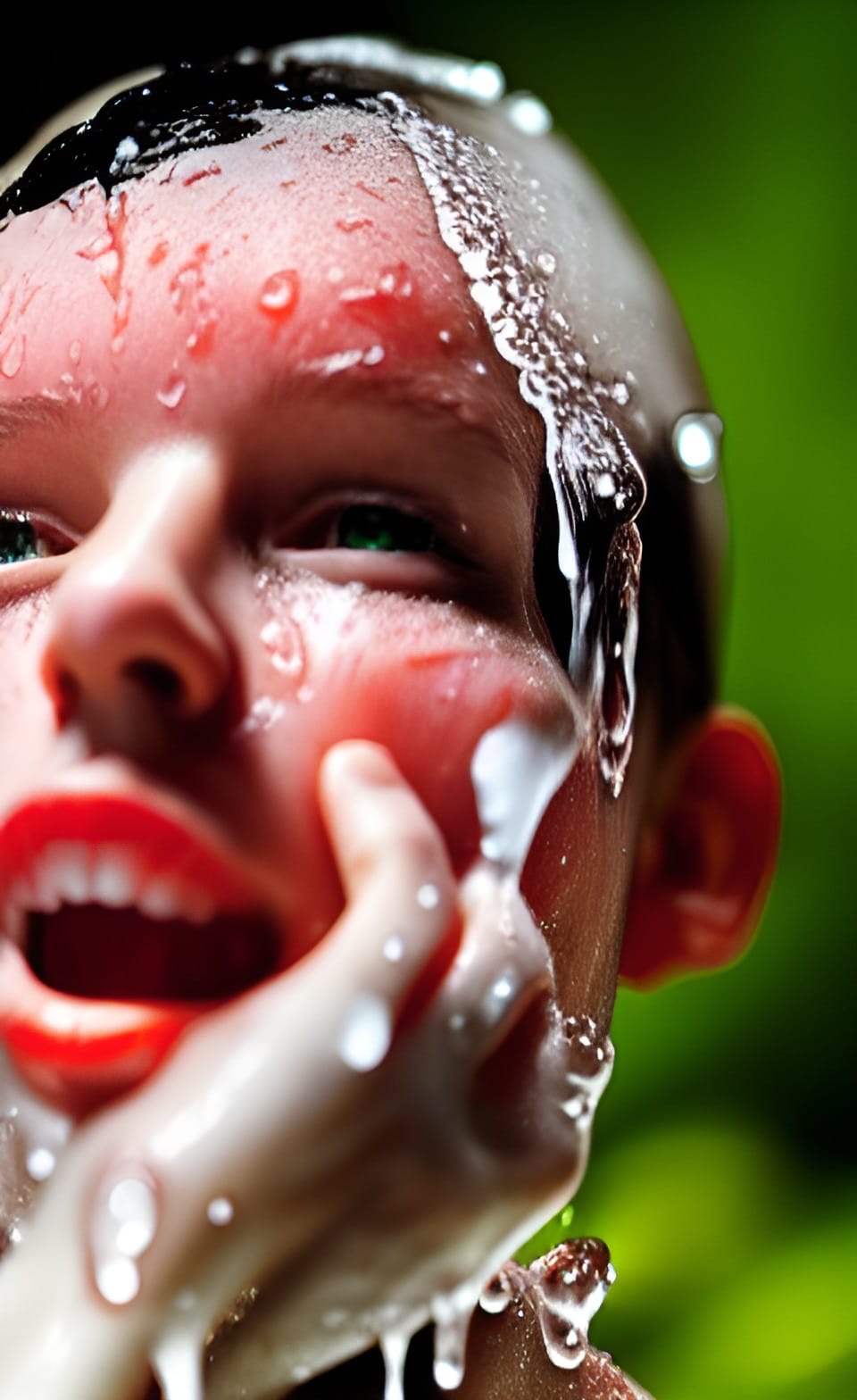
Additionally I am extremely interested in society’s symbols of aspiration, beauty, taste, and health. In some way these symbols amount to unspoken commonly held beliefs, based on specific visual indicators. When I experiment by exaggerating or subverting these symbols, I don’t aim to make a comment on society. Rather, I’m translating my own vision of how these ideas exist in my head. Ultimately, I’m still trying to pull from something non-tangible, give it a form, and then perhaps push it back out to being unreal again. The majority of this work was made more than 3 years ago, and since then the environmental ethics of AI have loudly surfaced in discourse. Additionally, AI technology has advanced to potentially produce extremely realistic results. While I’m not yet sure about the future of this body of work, I know that if I’m aiming for realism, I can always pick up my camera. I love the way the flaws in these images act as a reminder that what I’m looking at is a rare, non-existent treasure.
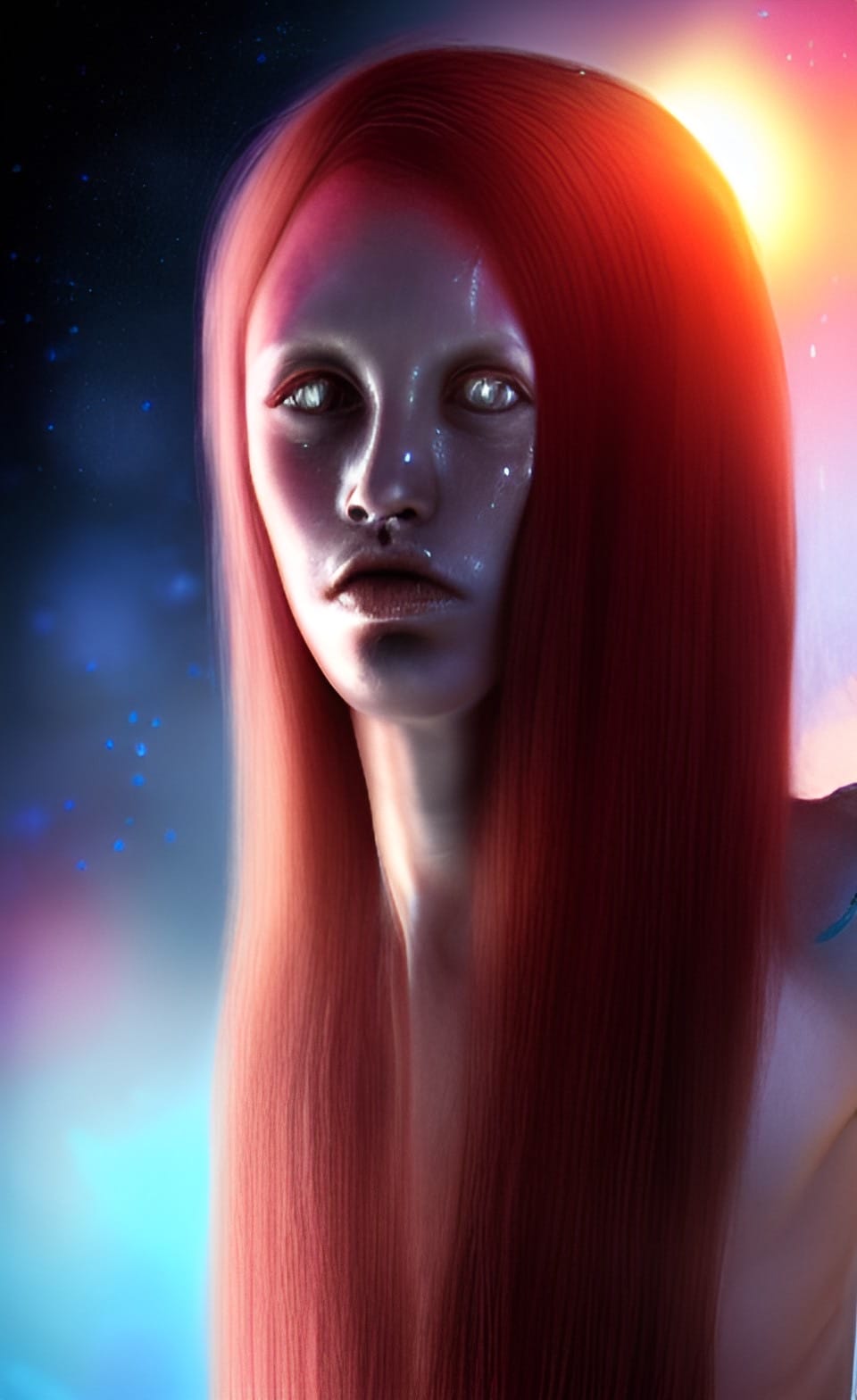
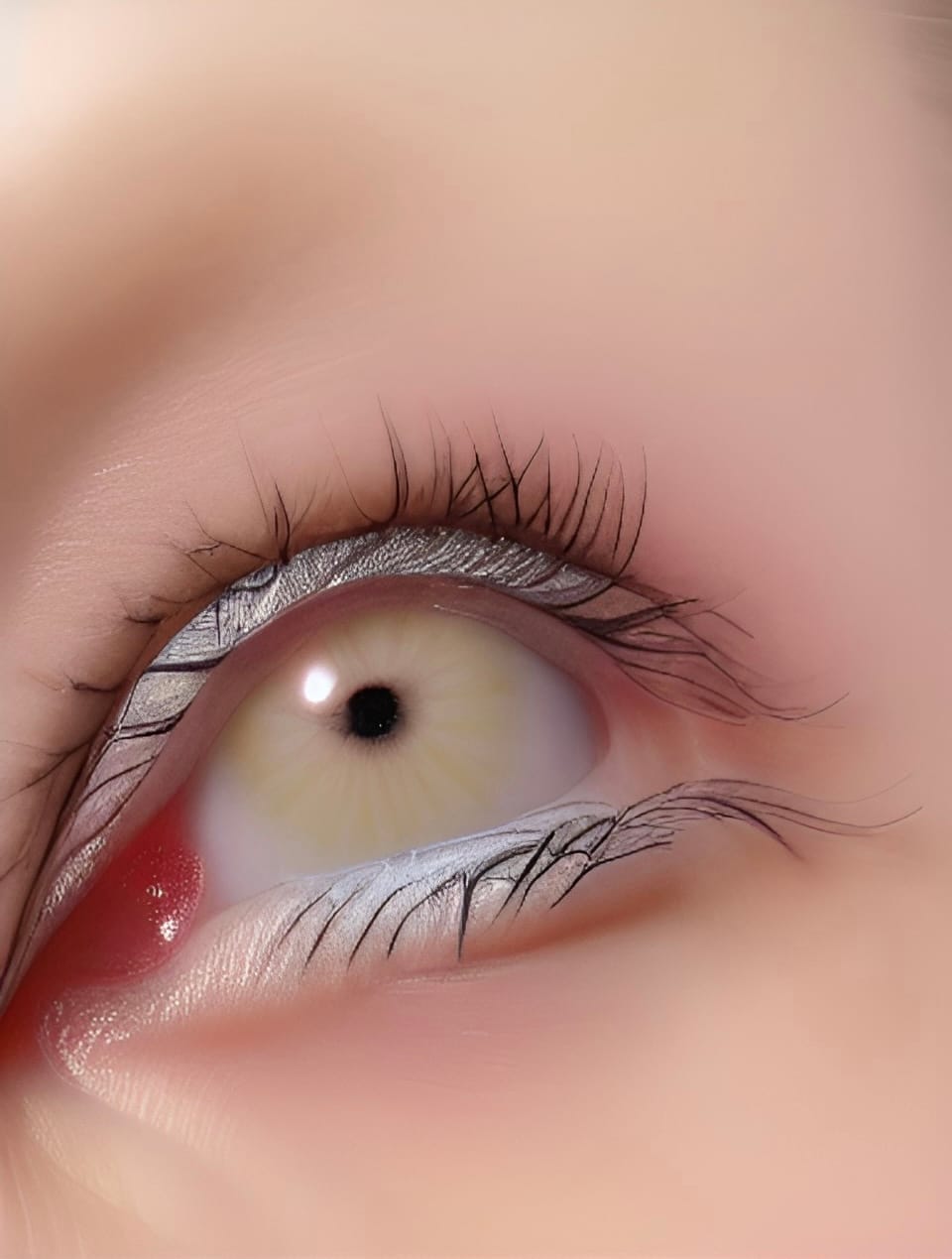
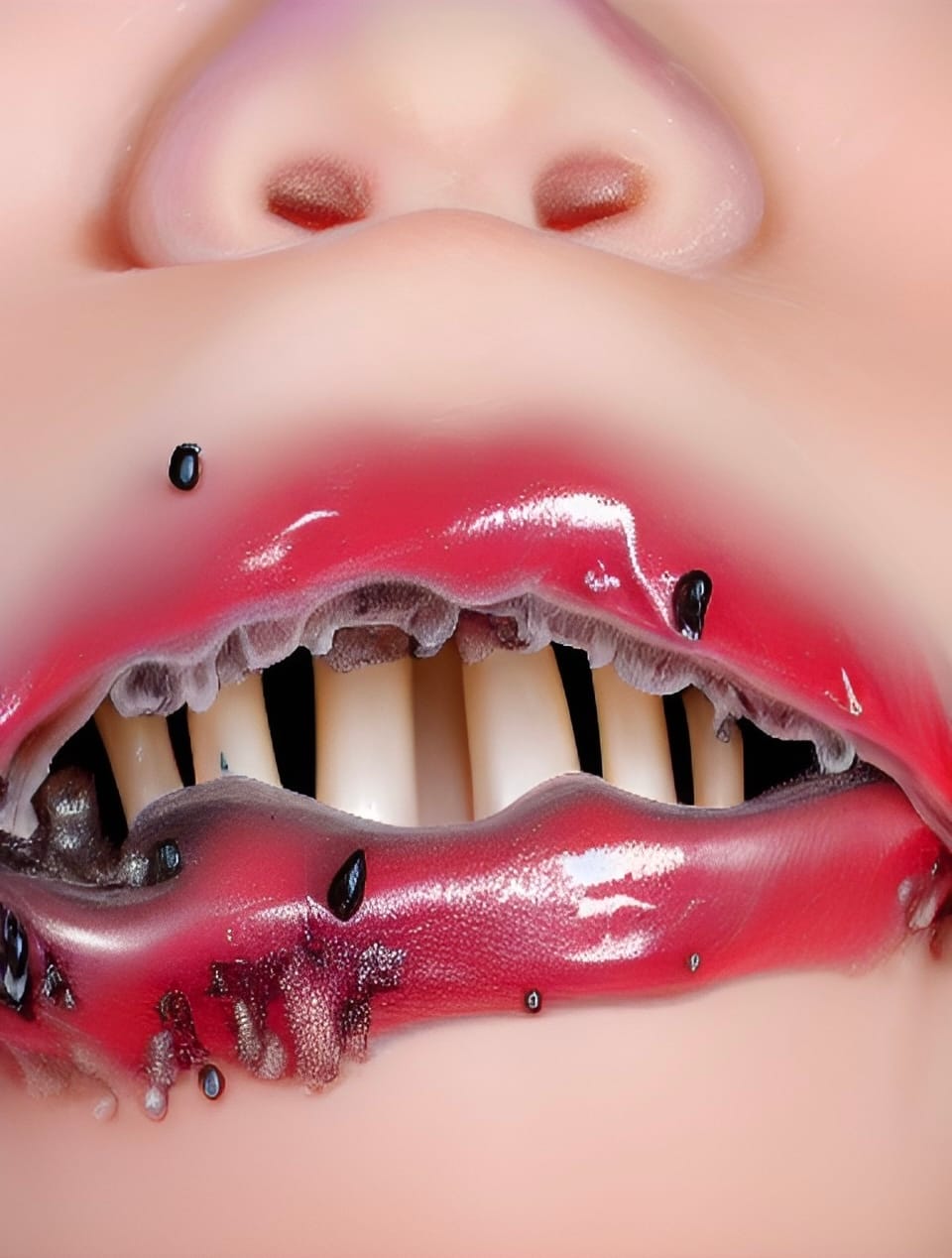
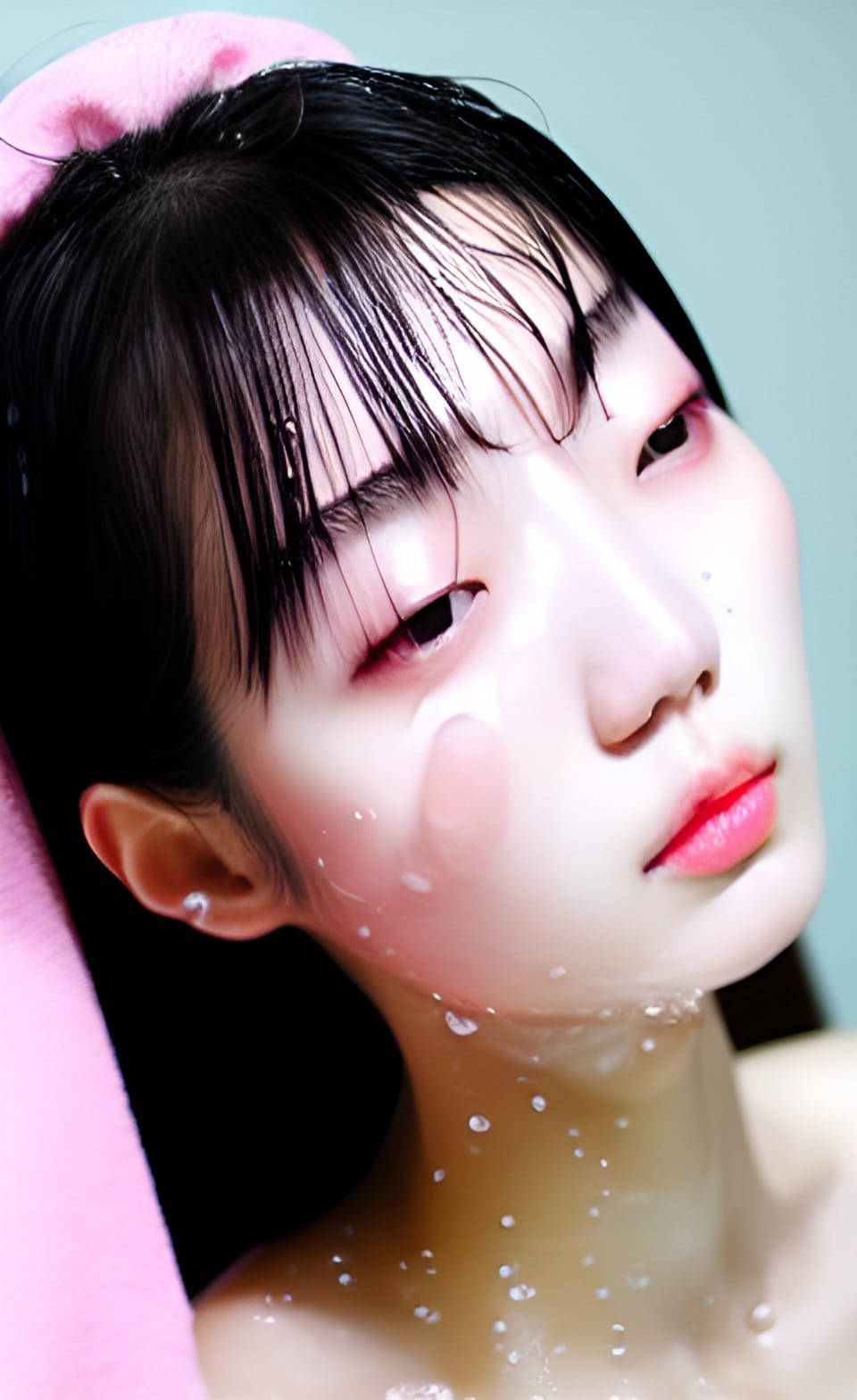
Lydia Gray is a Scottish photographer and artist based in London.



